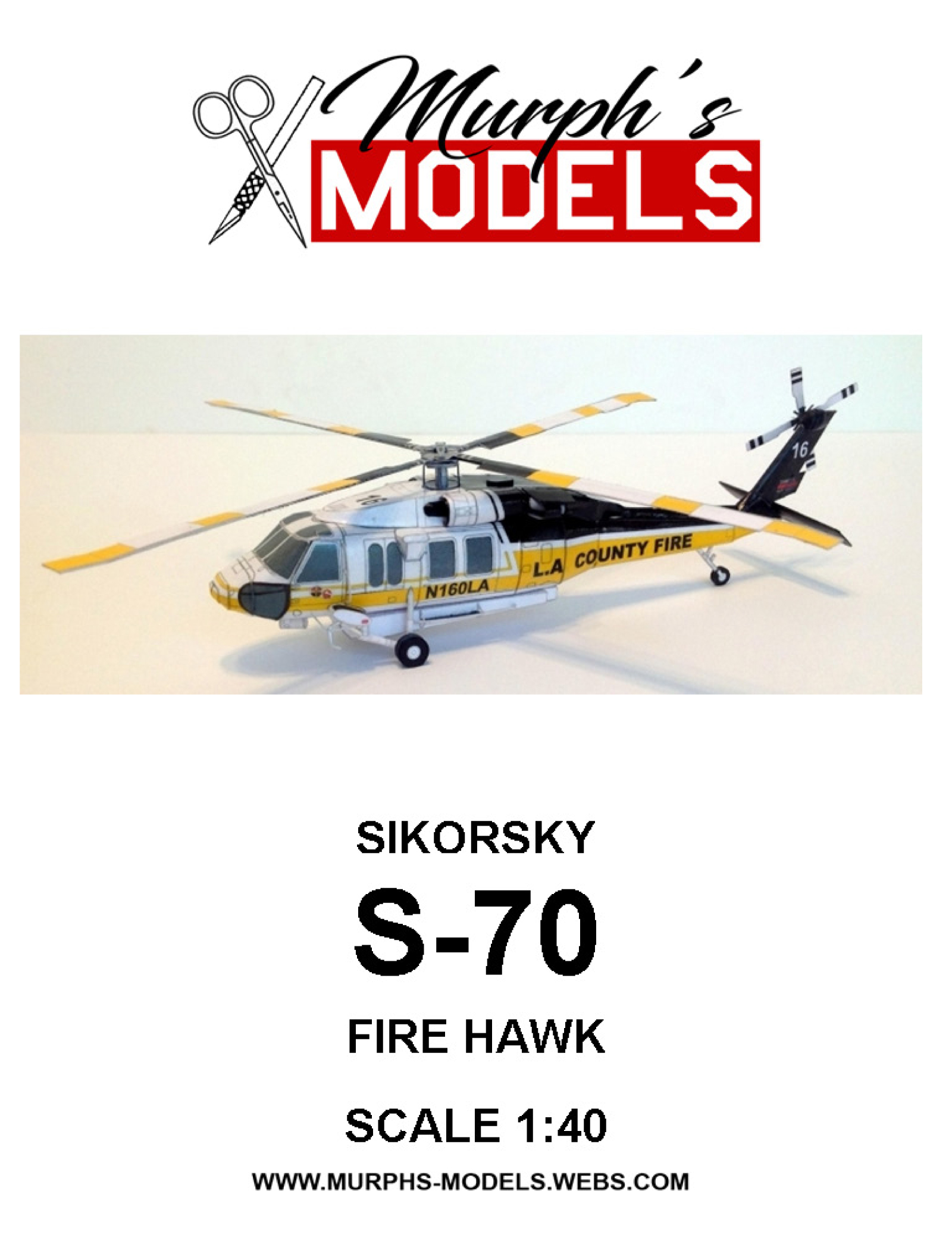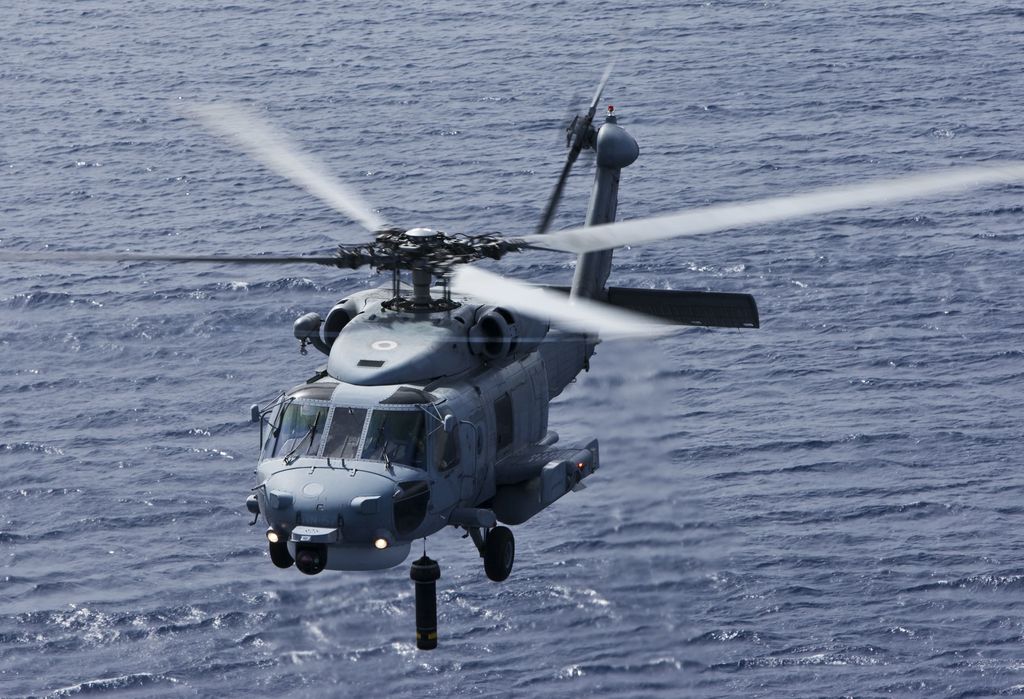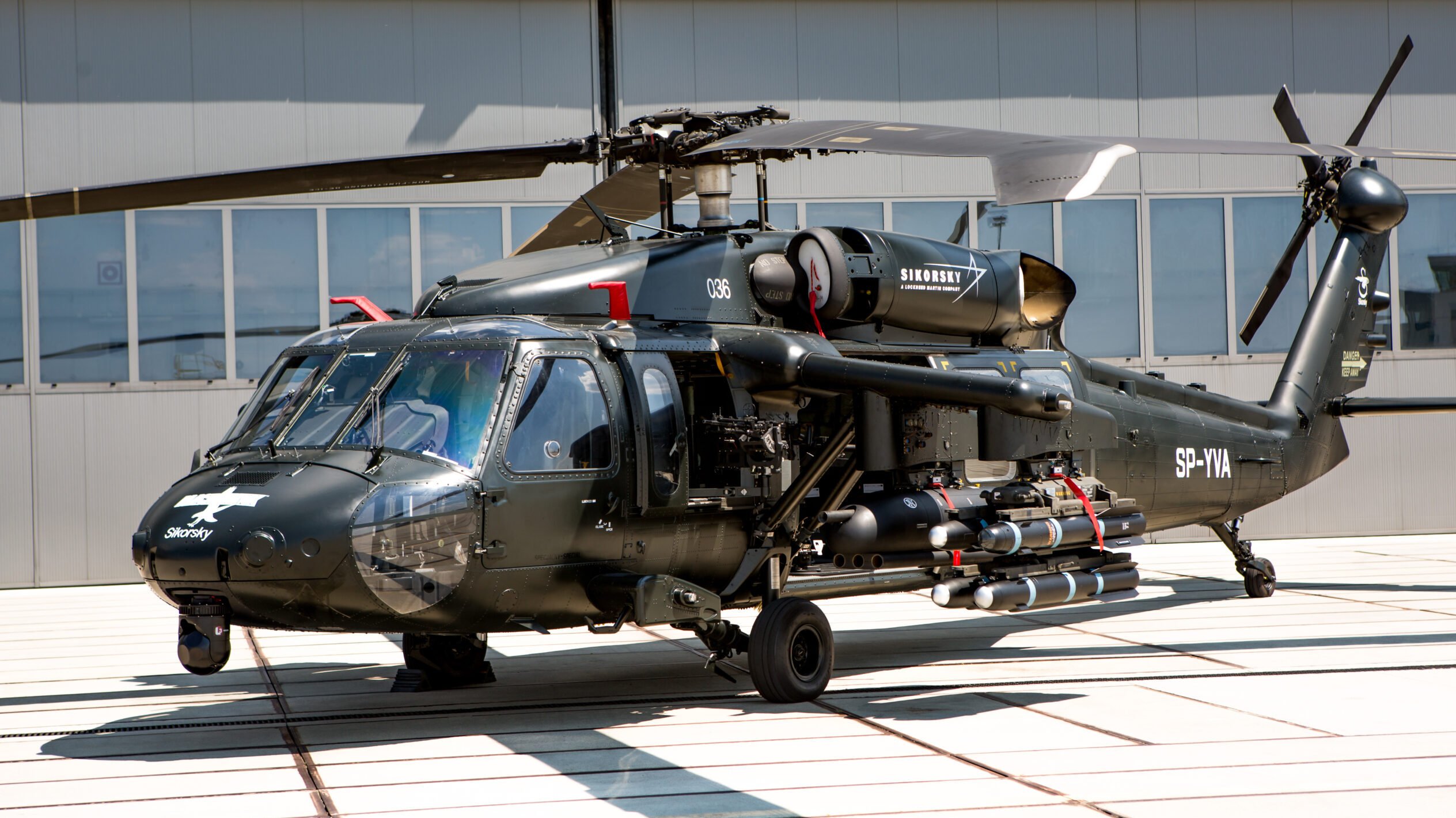How the Sikorsky S 70 Sticks Out in the Helicopter Market
How the Sikorsky S 70 Sticks Out in the Helicopter Market
Blog Article
High-Performance Multi-Role Rotorcraft Featuring Advanced Cabin Technologies and Integrated Sensor Solutions
The realm of rotorcraft modern technology has actually seen significant advancements in recent times, specifically in the world of high-performance multi-role rotorcraft equipped with cutting-edge cockpit modern technologies and seamlessly integrated sensing unit systems. These innovations have not just increased the functional capacities of rotorcraft however have likewise significantly impacted modern-day aviation procedures on different fronts. From improved mission flexibility to boosted functional effectiveness, the convergence of innovative cockpit modern technologies and integrated sensor systems has introduced a new period of opportunities for rotorcraft applications. In the adhering to conversation, we will explore the development of rotorcraft innovation, explore the world of innovative cabin advancements, and examine the implications of incorporated sensing unit systems on the operational flexibility and efficiency of contemporary rotorcraft.
Evolution of Rotorcraft Innovation
The advancement of rotorcraft technology has actually been marked by significant developments in the rules of aerodynamics, materials, and propulsion systems, forming the abilities and performance of modern-day rotorcraft. Aerodynamic renovations have actually enhanced the performance and ability to move of rotorcraft, enabling enhanced speed, dexterity, and stability throughout trip (sikorsky s 70). Advancements in products, such as making use of composite products and advanced alloys, have actually caused lighter yet more powerful rotorcraft frameworks, boosting total efficiency and resilience. Furthermore, developments in propulsion systems, consisting of extra effective engines and innovative propulsion innovations, have actually made it possible for rotorcraft to achieve higher elevations, faster rates, and higher hauls.
These advancements have not only transformed the capacities of rotorcraft yet have actually likewise broadened their applications across numerous sectors, including army, business, and emergency situation solutions. The continuous development of rotorcraft modern technology proceeds to drive advancement in the area, pushing the borders of what is possible and shaping the future of vertical flight.
Advanced Cockpit Innovations
Structure upon the fundamental developments in the rules of aerodynamics, products, and propulsion systems, the world of rotorcraft technology now shifts focus in the direction of pioneering Advanced Cabin Innovations. The integration of cutting-edge modern technologies within the cockpit atmosphere plays a critical role in boosting the functional capabilities, security, and effectiveness of contemporary rotorcraft. sikorsky s 70. Advanced Cockpit Innovations include a wide range of functions designed to offer pilots with improved situational understanding, streamlined data administration, and instinctive control interfaces
Among the crucial advancements in cockpit design is the application of glass cabins, which change standard analog determines with high-resolution display screens. These electronic systems use personalized formats, real-time information combination, and improved readability, making it possible for pilots to gain access to crucial details at a glance. Advanced avionics systems, such as fly-by-wire controls and boosted fact displays, are reinventing exactly how pilots communicate with the aircraft, allowing for precise control and improved decision-making capacities.


Incorporating sophisticated cabin advancements not only enhances pilot efficiency yet also contributes to total goal effectiveness and safety in intricate operational environments. By leveraging cutting edge modern technologies within the cockpit, rotorcraft manufacturers are establishing brand-new standards for functional quality and objective success.
Integrated Sensor Solutions
With the development of rotorcraft modern technology, the integration of advanced Integrated Sensor Systems has become extremely important in enhancing operational efficiency and safety. These Integrated Sensor Systems include a vast array of innovations that supply essential data for various functions such as navigation, surveillance, targeting, and ecological surveillance. By perfectly integrating sensing units like radars, electronic cameras, lidar, and infrared systems right into rotorcraft, drivers can take advantage of enhanced situational recognition, improved objective capabilities, and decreased pilot workload.
One secret benefit of Integrated Sensing unit Equipments is their capability to gather real-time information and supply workable insights to pilots and goal operators. For instance, progressed radar systems can discover and track targets over fars away, enabling very early threat discovery and reliable reaction planning. In addition, integrating electro-optical and Full Report infrared video cameras enables rotorcraft to perform reconnaissance and monitoring objectives with precision and precision.
Basically, the integration of cutting-edge sensing unit innovations right into rotorcraft not only improves functional efficiency but also adds considerably to overall goal success and crew safety. As rotorcraft remain to evolve, the duty of Integrated Sensor Equipment will most certainly remain at the forefront of innovation in the aerospace market.
Operational Adaptability and Effectiveness
Enhancing operational convenience and effectiveness in rotorcraft is an all-natural progression from the integration of advanced Integrated Sensor Solutions. By leveraging the understandings and information given by these advanced sensor systems, rotorcraft can optimize their efficiency across different goals and settings.
Functional versatility encompasses the capability of rotorcraft to adapt to various roles and situations successfully. With that site sophisticated cockpit modern technologies and integrated sensing unit systems, rotorcraft can perfectly transition between tasks such as search and rescue, clinical discharge, security, and more. This convenience boosts the rotorcraft's capability to fulfill varied functional demands without needing considerable reconfiguration.
Effectiveness in rotorcraft operations is vital for maximizing mission effectiveness and resource use. Integrated sensing unit systems play a crucial function in improving operational effectiveness by offering real-time data on climate problems, surface mapping, target monitoring, and a lot more. This information enables pilots to make informed choices quickly, maximize flight courses, save fuel, and boost general mission performance.
Influence On Modern Aeronautics Operations

Moreover, the combination of sophisticated sensors promotes enhanced goal planning and execution, enabling rotorcraft to execute a vast array of tasks with boosted accuracy. From search and rescue procedures to aerial firefighting and regulation enforcement goals, the capacities of contemporary rotorcraft equipped with sophisticated cabin modern technologies and integrated sensing unit systems are exceptional.
In addition, the impact of these innovations extends past operational he said efficiency to cost-effectiveness and sustainability. By enhancing trip paths, gas consumption, and maintenance routines, high-performance rotorcraft equipped with advanced cockpit modern technologies and sensors add to decreasing functional costs and ecological impact, making them important possessions in modern-day aeronautics procedures.
Verdict
To conclude, the high-performance multi-role rotorcraft with innovative cabin innovations and incorporated sensing unit systems stands for a considerable development in air travel technology. These developments improve operational convenience and performance, ultimately impacting modern aviation procedures in a positive means. The assimilation of these innovative modern technologies enables for enhanced abilities and performance in different objective scenarios, showcasing the continued improvement of rotorcraft modern technology in the aeronautics sector.
The world of rotorcraft technology has seen remarkable improvements in recent times, specifically in the realm of high-performance multi-role rotorcraft equipped with advanced cabin modern technologies and effortlessly incorporated sensing unit systems. From enhanced goal flexibility to improved functional effectiveness, the merging of innovative cockpit innovations and incorporated sensor systems has actually ushered in a new era of opportunities for rotorcraft applications. In the complying with discussion, we will explore the evolution of rotorcraft modern technology, dive into the world of advanced cabin innovations, and examine the implications of incorporated sensor systems on the operational versatility and performance of modern rotorcraft.

Report this page